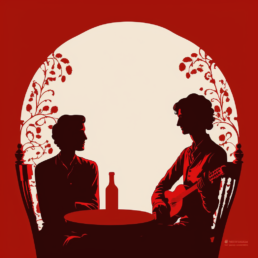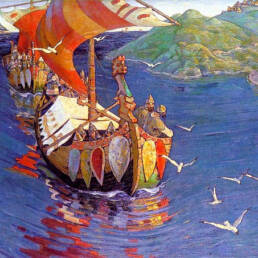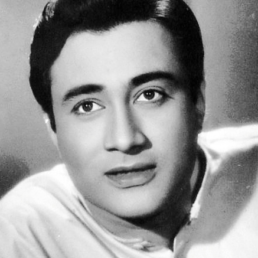Question – What could possibly connect Amelia Earhart, the daredevil aviator, Queen Elizabeth II, and Adolf Hitler?
The answer takes us to the western deserts of India, more specifically to the region of Marwar. Do read on.
Towering over the city of Jodhpur, the Mehrangarh Fort defines the whole landscape of the principal city of Marwar, almost feeling like an ominous presence at times. But Jodhpur has other tales to tell, one in particular regarding a fashionable trend.
On 23 September 1896, Queen Victoria at the age of 77 surpassed King George III, her grandfather, as the longest-reigning British monarch. Celebrations were held over several days and months and many Princesses from India went to the British Isles to be a part of it.
Among them was Pratap Singh of Idar, the third son of the Maharaj of Jodhpur Takht Singh. Pratap Singh brought with him the polo team of Jodhpur, who not only captivated everyone with their play but also with their attire, especially the breeches.
What was so special about them? As the story goes, a young Pratap Singh, an avid polo player, was miffed with the traditional breeches. They were uncomfortable and did not give enough freedom of movement to hit the ball.
So Pratap set out to create a new set of breeches. He modelled his new breeches on the churidar, a traditional Indian long pant that was tight at the bottom and loose at the top. But Pratap made some modifications of his own.
He used a thicker fabric, added additional reinforcements for the legs and increased the baggy aspect of the pants along the thighs and hips allowing more freedom to swing and control the horse.
The first pairs were tailored in Jodhpur in the early 1890s under Pratap’s guidance and everyone quickly saw its benefits, but it wasn’t until Queen Victoria’s diamond jubilee celebrations that the world really got to notice this quirky innovation.
After a few matches in England, Pratap found himself in need of another pair, so he supposedly made his way to a tailor in Savile Row. When the tailor asked for specifics and what the pants were called, Pratap just named it the Jodhpur, and the name stuck.

Over the next few decades, the jodhpurs made their way to all kinds of places, most notably to the European theatre of war. Now here we must mention another man, a French General Gaston de Galliffet.
Galliffet earned his colours during the Crimean War and during the Parisian revolts of 1871, but it was probably his fashion innovation that earned him more name. Being in charge of the French cavalry regiments he ordered his personnel to switch to flared breeches.
What became known as the Galliffet trousers was perhaps a version of Pratap’s Jodhpurs but more suited to wearing with military jackboots. Over the next decades untilnWorld War 2, Galliffet’s trousers became synonymous with military uniforms.
But Jodhpur’s popularity wasn’t just restricted to equestrian activities, it became quite a fashion trend in the early 20th century, especially among women. Ace aviators like Amelia Earhart and Amy Johnson wore it as they went on their daredevil aviation runs.
It became popular in Hollywood among directors and actors who chose to wear it to create an aura of strictness and discipline. Jodhpurs are still popular in its various versions as police uniforms and as fashion statements.
Pratap Singh was knighted for his role as a soldier in the British Indian Army. At the age of 70, he commanded the Jodhpur Lancers, in Flanders and Haifa during World War 1. But it is perhaps his offbeat innovation that has truly stood the test of time.
Source:
Jodhpurs Guide – History & Style of the Infamous Indian Pants Explained by BY VIKRAM NANJAPPA – https://www.gentlemansgazette.com/jodhpurs-guide-pants-history-style-where-to-buy/




